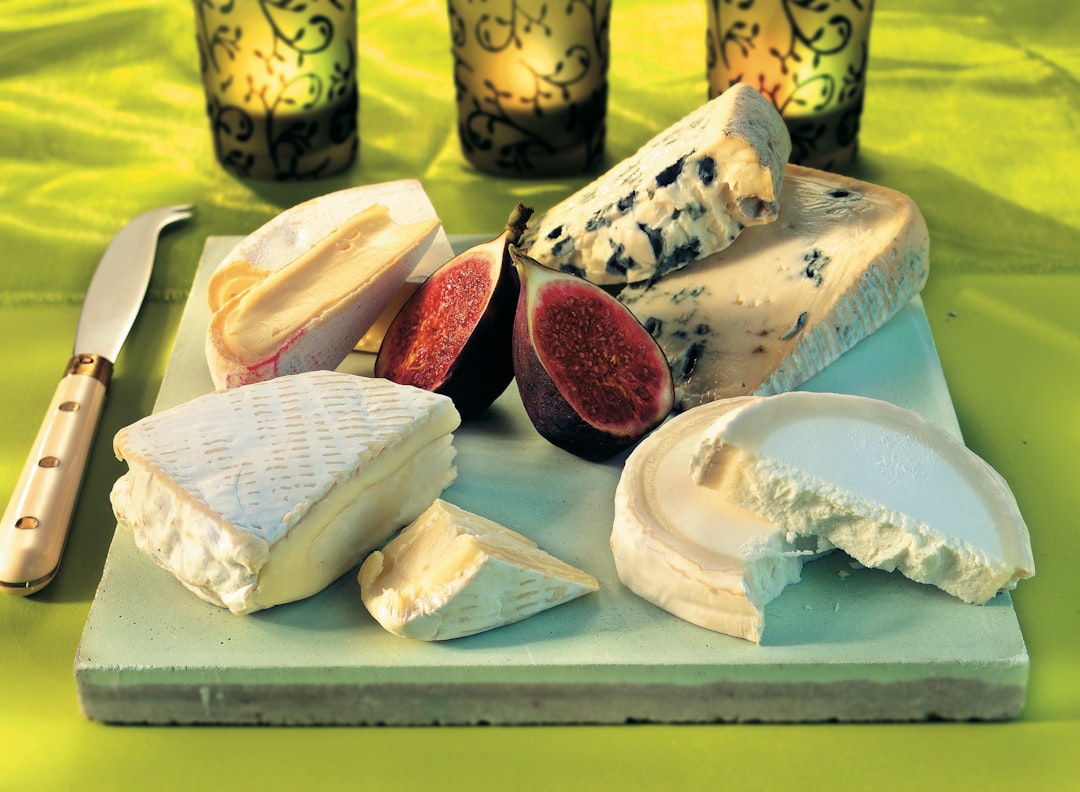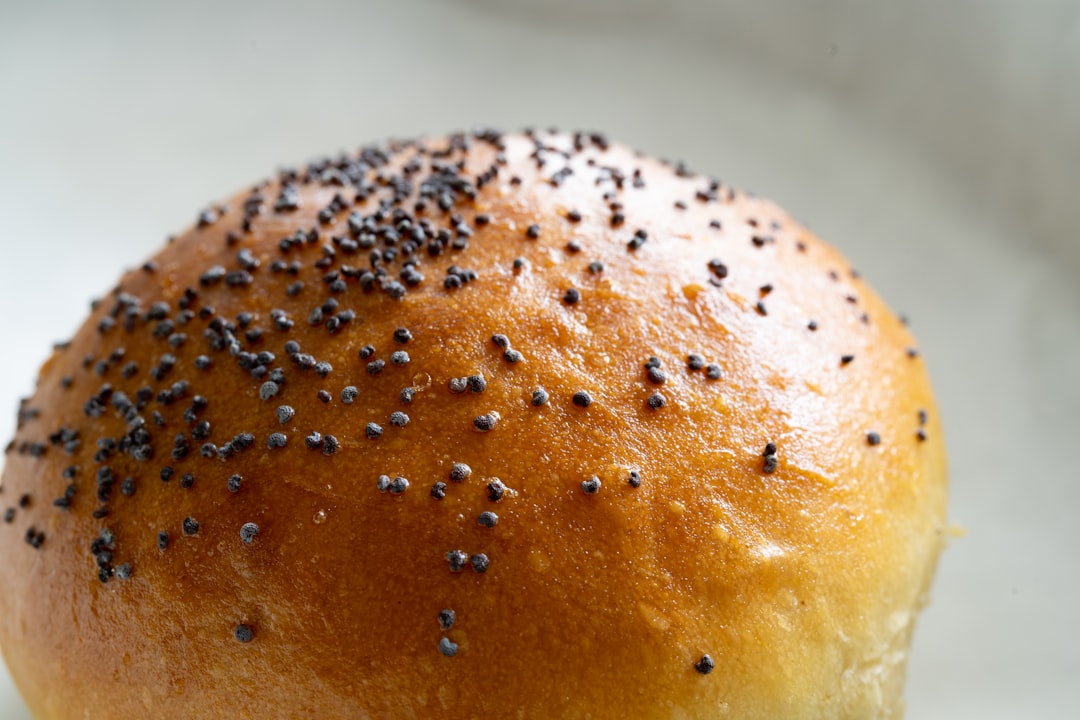What is it about?
Rice bran, a byproduct of rice milling process, contains various nutrients and biologically active compounds. Rice bran was hydrolysed to obtain small molecules and more water soluble. One important characteristic in metabolic syndrome and obese subjects is the development of insulin resistance, which sooner or later will become diabetes and progress to various cardiovascular complications. We devised an insulin resistance model in cultured liver cells, HepG2 by treatment with inflammatory cytokine, interleukin-6 or cultured the cells in high glucose medium. The effect of rice bran protein hydrolysates (RBP) on cultured cells was determined.
Featured Image

Photo by Barby Dalbosco on Unsplash
Why is it important?
The cultured cells showed an insulin resistant state by suppression of the expression of insulin receptor substrate-1 (IRS-1) and phospho-Akt, representing the impaired insulin signaling. The treatment with RBP prevents the development of insulin resistance by largely suppressing the deleterious inflammatory signal and activating a key enzyme, AMP-activated protein kinase (AMPK). RBP also restores the abnormal lipid metabolism in insulin resistance cells by suppression of fatty acid synthase and increased fatty acid utilization.
Perspectives
Our result suggested the mechanism of action of RBP in prevention of insulin resistance and beneficial effect of RBP in amelioration of complications of metabolic syndrome and type 2 diabetes.
Professor Veerapol kukongviriyapan
Faculty of Medicine, Khon Kaen University
Read the Original
This page is a summary of: Rice bran protein hydrolysates prevented interleukin-6- and high glucose-induced insulin resistance in HepG2 cells, Food & Function, January 2015, Royal Society of Chemistry,
DOI: 10.1039/c4fo00872c.
You can read the full text:
Resources
Rice bran protein hydrolysates attenuate diabetic nephropathy in diabetic animal model
Eur J Nutr (2018) 57:761–772
Rice Bran Protein Hydrolysates Improve Insulin Resistance and Decrease Pro-inflammatory Cytokine Gene Expression in Rats Fed a High Carbohydrate-High Fat Diet
Nutrients 2015, 7(8), 6313-6329
Contributors
The following have contributed to this page










